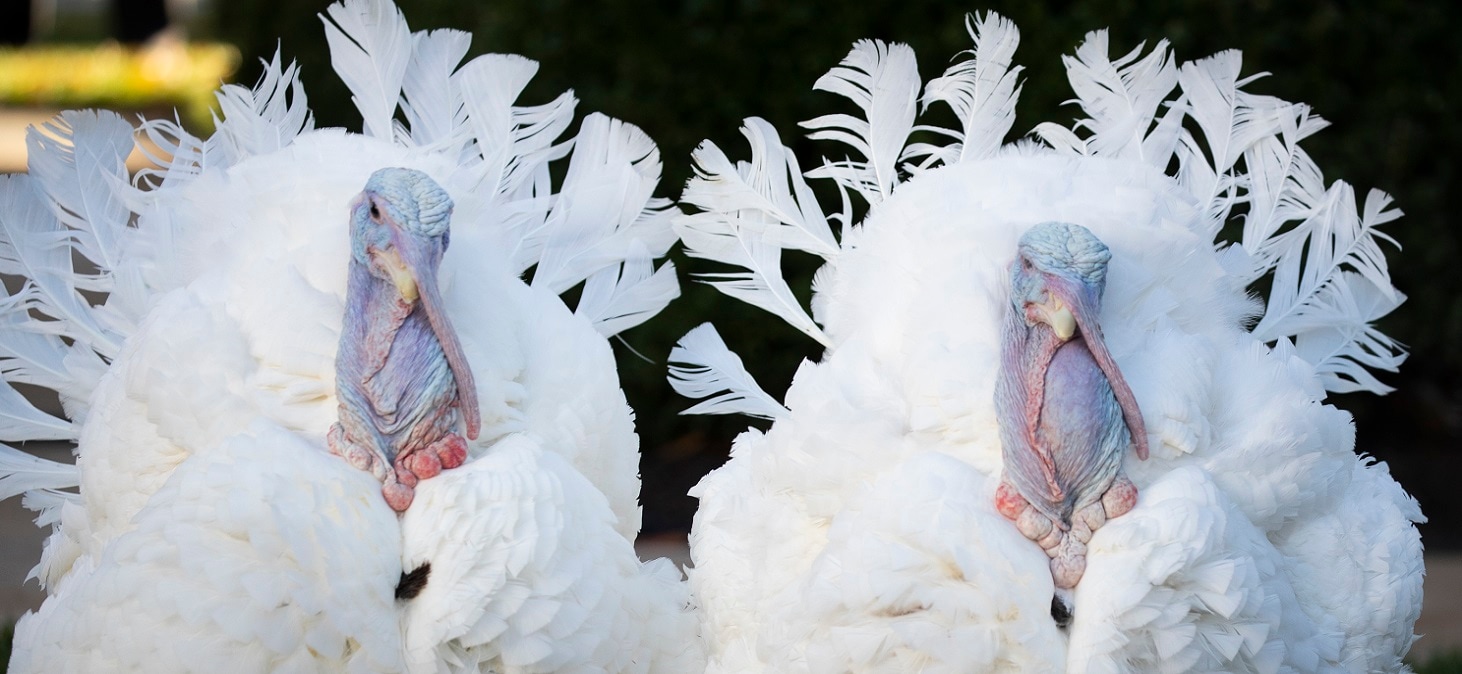
The turkey illusion is a fun metaphor for what behavioral economists call “ availability bias ”— we tend to develop a model of the world based on our own experiences and the events that we witness. (UBS)
This seems like a natural expectation; after all, that ’ s the only thing the turkey has ever experienced. But then, on the 1001st day — as Thanksgiving approaches — the farmer brings an axe instead. The turkey ’ s expectations are subverted, and they find that their expectations were fatally flawed.
Taleb ’ s advice? “ Let ’ s not be turkeys. ”
The turkey illusion is a fun metaphor for what behavioral economists call “ availability bias ”— we tend to develop a model of the world based on our own experiences and the events that we witness. This model of the world skews our risk assessments, favoring events that we have experienced and can easily recall and discounting events that we have not experienced or which didn ’ t leave a lasting impression. This tendency can mislead us to spend too much time ‘ fighting the last battle ’ (for example, being more willing to pay for insurance after we have experienced or heard about a particular risk event). At the same time, the availability bias can blind us to the risks that we haven ’ t experienced. As Taleb puts it, “ Just because you never died before, doesn ’ t make you immortal. ”
One strategy that we recommend for combating the availability bias is to work with your financial advisor to go through a “ pre-mortem ” thought process, which goes like this:
- Assume that you failed
- Identify the likely culprit
- Assess potential protection strategies
- Repeat
The advantage of a pre-mortem analysis is that it encourages you to think outside of the box and focus on risks that are more likely to be “ fatal ” to your plans. For example, if we start with the assumption that you will run out of savings in retirement, we can start to address one risk at a time.
For example, bear markets are painful, and you will probably experience several during your working years and in your retirement years. However, it is relatively easy to protect against the risk that bear markets will leave lasting damage on your retirement plan (see ubs.com/bearmarketguidebook ).
While many risk assessments focus on disastrous events happening, the truth is that sometimes risks can be caused by events that are otherwise good. For example, one potential culprit for the “ death ” of your retirement success could be living longer than you expected. If you plan for a 30-year retirement but end up living 50 years into retirement, there is a good chance that this could deplete your wealth or require you to cut back on your lifestyle and philanthropic goals. Annuities are one solution to this risk, providing a lifetime income stream that can keep the rest of your wealth from being depleted prematurely.
The best strategy for implementing a pre-mortem analysis is to follow this process with a financial advisor: they have seen risks and pitfalls that you may never have heard about, and their expanded perspective can help you to put risks into a broader context. As Eleanor Roosevelt put it: “ Learn from the mistakes of others. You can't live long enough to make them all yourself. ”
To learn more about the Turkey illusion, and hear about action bias and anchoring bias, please listen to our podcast, Behavioral finance: Anchoring, Action Bias, and the Turkey illusion, featuring Ainsley Carbone, Justin Waring, and Katie Williams from the UBS Chief Investment Office.


